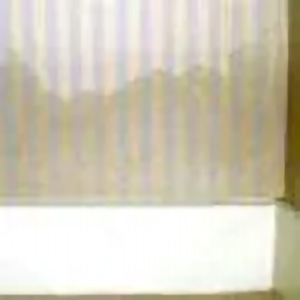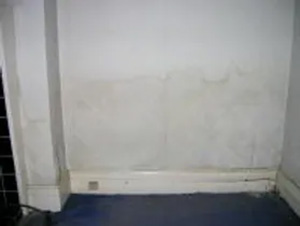Rising Damp
Rising damp is water from the ground that transfers up a structure by capillary action. A wall in contact with the ground will become damp when ground moisture rises up it. This effect could typically lead to wood rot in skirting boards/timber floors, flaking paint, peeling wallpaper, salts and a tidemark effect.
Most types of masonry found in walls of a building will allow water movement by capillary action, although this is usually controlled by a traditional physical damp proof course (DPC). Many older properties do not have a DPC in the walls, so where a DPC is absent, has broken down or is damaged, rising damp will occur.
Where this is the case then remedial damp proofing work is required which may include the installation of a chemical damp proof course system or if this is not practical a tanking system in lieu of a chemical system.
Rising damp also introduces contaminating salts into walls and plaster which will require the plaster to be removed and replaced with specialist damp proofing materials. These defects are not always evident but when they are evident a specialist inspection is always recommended.



